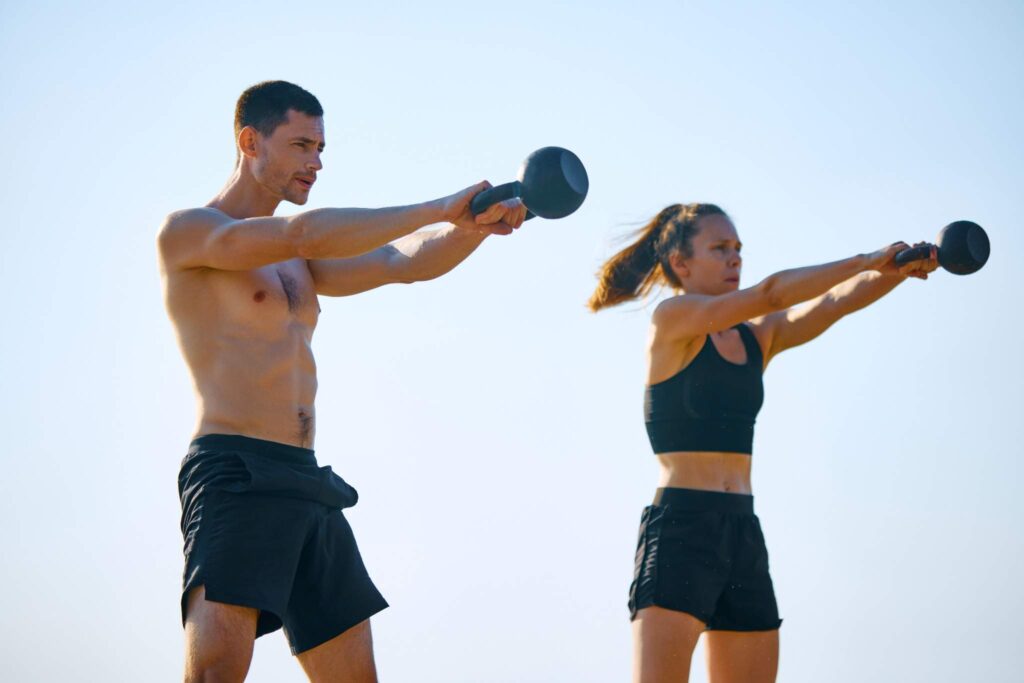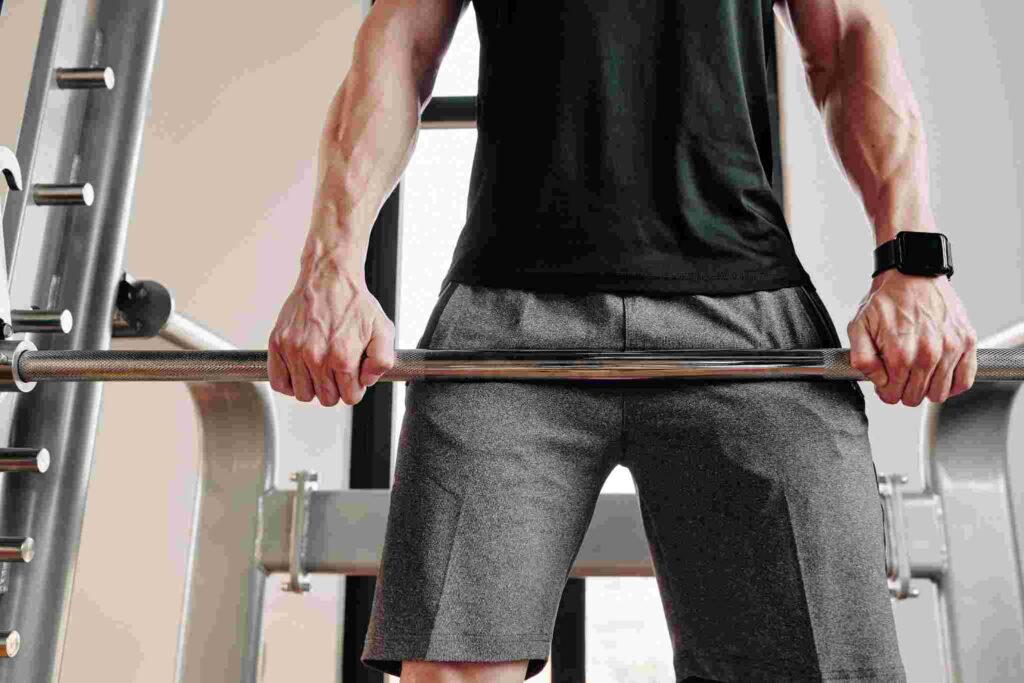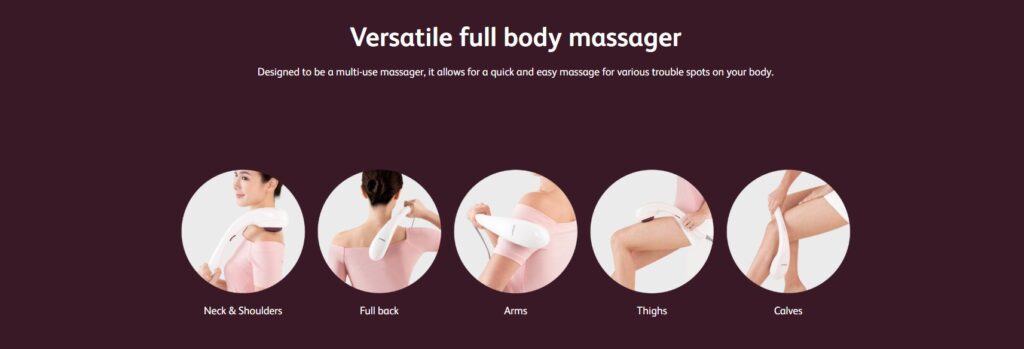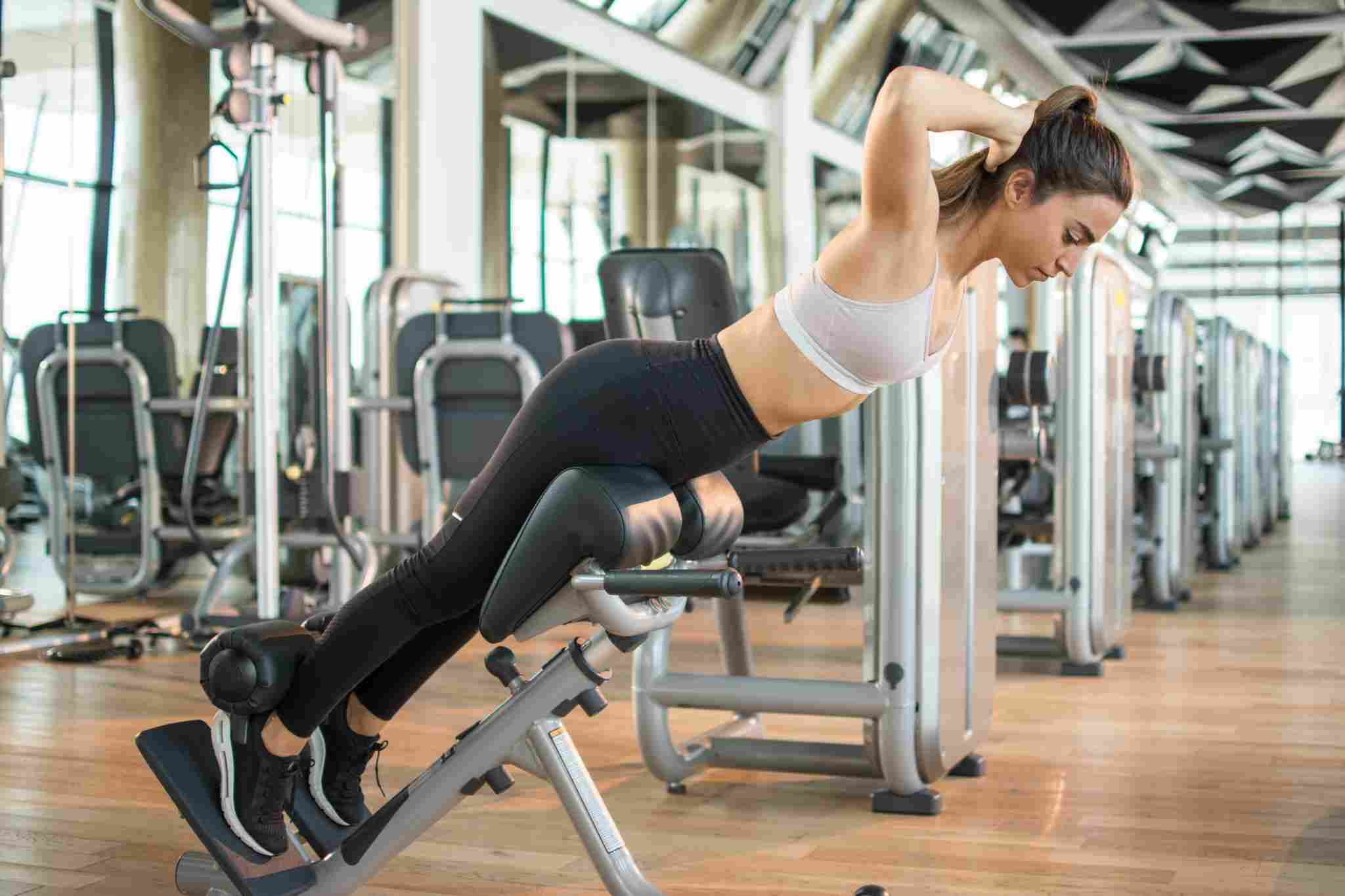A strong and stable posterior chain enhances your strength and overall fitness. Incorporating a back extension alternative into your routine allows you to target crucial muscles like the lower back, glutes, and hamstrings while keeping your workouts versatile and effective. From bodyweight movements to equipment-based options like the glute extension machine, these exercises cater to everyone, regardless of fitness level.
This guide explores how diversifying your training with innovative exercises can prioritise strength, stability, and adaptability. Say goodbye to repetitive routines and hello to smarter, more impactful training.
Understanding Back Extension Exercises
Back extension exercises are all about building a solid foundation. They target your lower back, glutes, and hamstrings, which are key areas for strength and stability. Not only do these exercises strengthen muscle worked in back extension, but they also improve posture and protect your spine, making them fundamental to a solid posterior chain.
Adding alternatives into your routine ensures you’re targeting these muscles in varied ways while adapting to your environment, whether through an at home back extension or a rounded back extension performed at the gym with proper equipment.
Key Muscles Worked In Back Extensions
Back extensions primarily target:
- Erector spinae: Supports the spine and improves posture.
- Glutes: Powers hip movements and enhances lower body strength.
- Hamstrings: Strengthens the back of your thighs.
- Core: Ensures balance, control, and stability.
These exercises are efficient because they engage multiple muscle groups simultaneously.
Why Try Back Extension Alternatives?
Adding variety to your workouts makes a big difference. Alternatives to back extensions keep things fresh, prevent overuse injuries, and adapt to different equipment or fitness levels. For example, hyperextension for glutes enhances strength while reducing strain on the lower back.
Moreover, these exercises have the benefits of traditional back extensions and give you the flexibility to train effectively anywhere and with minimal equipment. Variety is not only exciting but also a strategic way to progress and prevent injury.
Top 9 Alternatives for Back Extensions
1. Barbell Good Morning
The Barbell Good Morning strengthens your lower back, glutes, and hamstrings. With a barbell on your shoulders, you hinge forward at the hips and then return to standing. This move mimics back extensions but adds weight for more intensity.
This weighted back extension is great for building strength and improving posture. Start light to learn the movement, and only add weight once you’re confident with your form. Focus on slow, controlled movements to avoid injury and get the most out of this exercise.
2. Machine Reverse Hyperextensions
Machine reverse hyperextensions are excellent for targeting the glutes and hamstrings while being gentle on the spine. This exercise involves lifting your legs behind you on a machine, making it a safe and effective choice. It minimizes spinal compression, making it a fantastic option for anyone looking for an alternative for back extensions.
By focusing on lower body strength, this movement enhances hip stability and builds muscle efficiently. If you’re seeking a gym-friendly exercise that protects your back while delivering results, machine reverse hyperextension alternative should be on your list.
3. Bird Dogs

Bird dogs are a simple and effective bodyweight exercise that strengthens your lower back and improves core stability. They’re also great for activating the hamstrings and glutes, making them a versatile choice for home workouts.
To perform a bird dog, start on all fours, then extend one arm and the opposite leg, holding the position briefly before switching sides. This exercise is low-impact and helps enhance balance and coordination, making it ideal for beginners or anyone looking to build functional strength without equipment.
4. Superman Exercise
The Superman Exercise strengthens your entire posterior chain, including the lower back, glutes, and hamstrings. It’s a go-to option if you prefer an equipment-free way to improve posture and core stability.
To do it, lie face down, extend your arms and legs, and gently lift them off the ground. Hold for a few seconds, then lower back down. This move builds functional strength while enhancing stability. Pair it with rounded back extensions for a more comprehensive routine, making it ideal for at home back extensions.
5. Glute Ham Raise
The glute ham raise is a fantastic exercise for building strength in the hamstrings and lower back. It’s a popular choice for those looking to enhance their posterior chain while improving core stability. Typically performed on a glute ham developer (GHD), this exercise can also be adapted for home workouts using simple equipment like a bench or resistance bands.
By engaging multiple muscle groups, the glute ham raise boosts functional strength and helps prevent injuries. Start slow in the beginning to master the movement and gradually increase intensity.
6. Kettlebell Swing

The kettlebell swing is a high-energy exercise that works the glutes, hamstrings, and lower back while building power and endurance. It’s an excellent way to train similarly to back extension muscles worked during usual exercises, only this time through dynamic and functional movements. Engaging your hips and core also helps improve overall stability and control.
To perform, hinge at your hips not more than 45 degrees, swing the kettlebell forward to chest height, and let the motion flow naturally. This 45 degree hip extension exercise is perfect for enhancing lower body strength and adding variety to your workout routine.
7. Stability Ball Reverse Hyperextensions
The stability ball reverse hyperextension is an excellent way to strengthen your glutes and lower back while improving balance. Adding a stability ball to this movement challenges your core muscles, making it a full-body exercise. This variation enhances coordination and stability, making it a great option for anyone looking to diversify their workout routine.
To perform, lie face down on the ball with your hips supported and legs extended. Lift your legs upward, squeeze your glutes at the top, and lower back down. This move is effective for targeting the same key muscles worked in back extension while promoting better control and flexibility.
8. Bench Reverse Hyperextension
The bench reverse hyperextension is a simple yet effective way to target your glutes, hamstrings, and lower back. All you need is a standard gym bench, making it an accessible option for many fitness levels. This exercise is particularly useful for building posterior chain strength and improving stability without requiring specialised equipment.
To perform, lie face down on the bench with your hips at the edge and legs hanging down. Lift your legs upward while squeezing your glutes, then lower them back down slowly. It’s a versatile choice for anyone seeking to complement weighted back extension or back extension on GHD exercises.
9. Barbell Romanian Deadlift

The barbell Romanian deadlift is a fantastic choice for targeting the hamstrings, glutes, and lower back. Unlike standard deadlifts, this movement keeps the focus on controlled hip hinges, making it ideal for improving posture and balance.
Start with a barbell in front of you, knees slightly bent. Lower the bar while keeping your back straight and hips pushed back. Engage your glutes as you rise to standing. This exercise pairs well with weighted back extensions and serves as a versatile hyperextension exercise alternative, helping you hit key muscle groups effectively.
Tips for Incorporating Different Versions of Back Extension
- Prioritise form: Proper technique ensures safety and effectiveness.
- Start light: Use body weight or light weights, especially as a beginner.
- Mix it up: Combine different exercises like at home back extensions and glute extensions to target the entire posterior chain.
- Progress gradually: Add weights or reps to challenge yourself over time.
- Stay consistent: A varied but regular routine yields long-term results.
FAQs: Back Extension in Different Forms
1. What are back extension alternatives, and why should you use them?
Alternatives for back extensions are exercises that mimic the benefits of traditional back extensions but offer more variety and adaptability. These alternatives help target the lower back, glutes, and hamstrings while preventing overuse injuries. Incorporating them ensures comprehensive strength development and keeps your workouts fresh.
2. What are the muscles worked back extension exercises primarily target?
This exercise primarily engages the erector spinae, glutes, hamstrings, and core. It is essential for building posterior chain strength, improving posture, and enhancing overall stability.
3. What are some effective substitutes to work the same muscles as back extensions for beginners?
For beginners, exercises like bird dogs, Superman exercise, and stability ball reverse hyperextensions are ideal. These movements are low-impact, easy to learn, and effective for building strength and improving balance.
4. How can I modify an alternative for back extensions for home workouts?
Home-friendly options include at home back extensions, bench reverse hyperextensions, and glute extensions using resistance bands. These exercises do not require much equipment and are easy to adapt to your fitness level.
5. What’s the best way to progress with a weighted back extension?
Start with proper form and lighter weights or bodyweight exercises. Gradually increase intensity through progressive overload by adding weights or increasing reps. Mixing different movements ensures balanced muscle development.
6. Can back extension alternatives help with back pain?
Yes, an alternative for back extension strengthens the lower back and core muscles, which can help alleviate back pain and improve posture. However, consult a healthcare professional before starting if you have chronic back issues.
7. Are alternatives for back extension suitable for all fitness levels?
Absolutely! Exercises like bird dogs and the Superman exercise are beginner-friendly, while movements like Romanian deadlifts and weighted back extensions cater to advanced fitness enthusiasts. Modifications can be made to suit individual fitness levels.
8. What equipment is needed for at home back extension?
The best thing about these alternatives is that they can be performed with or without equipment. Common tools include kettlebells, resistance bands, and stability balls, while bodyweight exercises require no equipment.
9. How often should I include an alternative for back extensions in my routine?
Aim to perform an alternative for back extensions 2–3 times per week, allowing for recovery between sessions. Include a mix of exercises to target all key muscles effectively.
10. What are some advanced back extension alternatives for experienced lifters?
Advanced options include Romanian deadlifts, 45-degree hip extensions, and glute ham raises using a GHD machine. These exercises provide a greater challenge and help build significant strength and stability.
Maximising Recovery with Proper Post-Workout Care
After the muscles worked back extension are engaged, it’s essential to prioritise proper recovery. Proper recovery prevents injuries and supports steady progress, especially the muscles that were strained the most during these exercises. Follow these steps to optimise your post-workout care:
- Stretching
- Improves flexibility and releases tension in posterior chain muscles.
- Focus on dynamic and static stretches targeting the lower back, hamstrings, and glutes.
- Foam Rolling
- Targets tight spots and trigger points to reduce soreness.
- Roll over key muscle groups to improve mobility and ease discomfort.
- Hydration and Nutrition
- Stay hydrated to replenish fluids lost during exercise.
- Eat a balanced meal rich in protein and healthy fats to support muscle repair and reduce inflammation.
- Enhanced Recovery Tools
- Portable Massagers: Perfect for quick relief, targeting sore areas like the lower back and hamstrings.
- Massage Chairs: Provide a full-body massage experience to reduce stiffness and promote relaxation.

Prioritising recovery not only protects your body but also sets you up for long-term fitness success. Explore OSIM’s range of recovery tools to complement your active lifestyle and achieve your goals effectively.
Why Mixing It Up is the Key to Progress
Back extension alternatives aren’t just about switching up your workout—they’re about achieving better results. By targeting the posterior chain with diverse movements, you’ll improve overall fitness and prevent injuries.
Recovery is crucial after any workout. OSIM’s range of wellness products, from advanced massage chairs to portable massagers, can help you relax sore back extension muscles worked during your exercise and unwind post-workout. These tools complement your fitness journey, keeping you at your best.
Visit OSIM to discover tools that complement your fitness journey. Embrace variety, enhance recovery, and achieve your goals with smarter, more versatile training.




